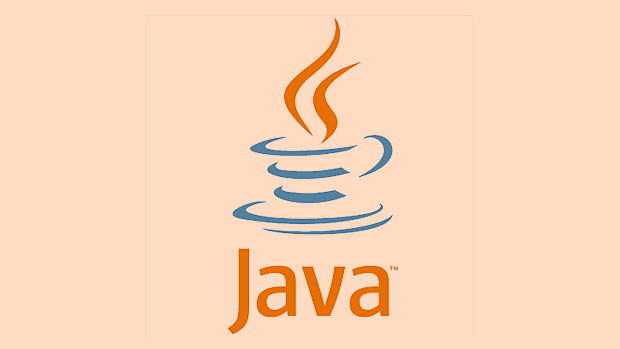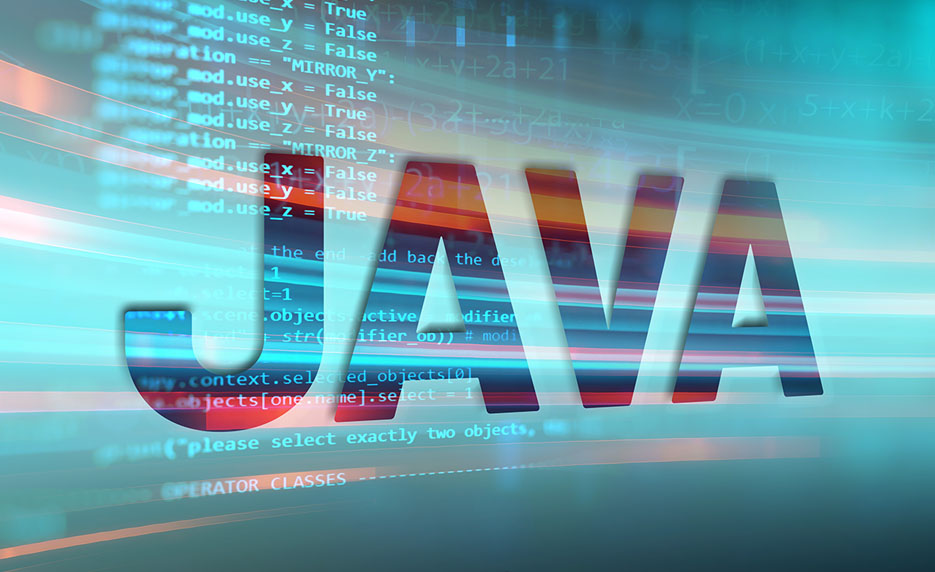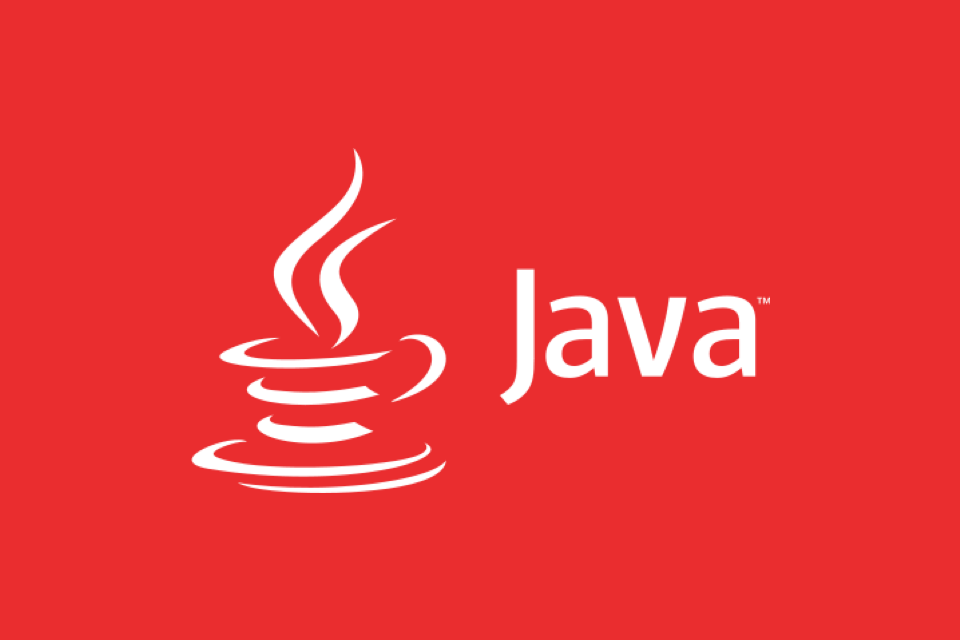Migrating Legacy Java Applications to Modern Architectures
Jul 27, 2025 am 01:52 AMThe core of migrating old Java applications is to understand business logic and technical debt, rather than rewriting code. 1. Evaluate the status of the existing system and identify hard-coded, module coupling and database design; 2. Clean up core functions and explicitly ensure modules that are retained, replaced or cut off; 3. Identify technical debts, such as old versions of Spring or abandoned libraries, and list module dependencies and maintenance costs; 4. Architecture selection prioritizes modularization, and then gradually transition to microservices; 5. Data migration is first used to map tables, gradually migrate and avoid changing code and database at the same time; 6. Complete automated testing and CI pipelines to ensure stable functions after modification. The entire process needs to be modified and verified to prevent the omission of details from causing problems.

To put it bluntly, migrating old Java applications to modern architectures is to adapt the old system to the new environment. The focus is not on rewriting the code, but on figuring out business logic, technical debt and future expansion requirements. Don't rush to make changes, first clarify the goals.

Evaluate the existing system: from "just run" to "Is it worth changing"
The first thing to do before migration is to figure out what your current system looks like. Is there a lot of hard code? Is there a tightly coupled module? Is the database structure designed ten years ago? If these problems are not clear, it is easy to get stuck if they are modified later.
- Copy the core functions : Which modules must be retained and which can be cut or replaced?
- Identify technical debt : Spring or the old version? Are there any deprecated libraries used?
- What is the performance bottleneck ? Some systems are slow because of unreasonable design and not a language problem.
It is recommended to make a list of the functions, dependencies and maintenance costs of each module. This way, you won’t be slapped in the subsequent decision.

Architecture selection: microservices? Or is it lighter modular?
Many people think of microservices when they mention modernization, but in fact they don’t have to break it up into a bunch of small services. Especially for the original monolithic applications, it may be more practical to achieve modularization first.
You might consider:

- Modular design with Spring Boot (Maven/Gradle multi-module)
- If you really need to decouple, then gradually split it into microservices
- Avoid complicating things in the first place
For example, an old e-commerce system has all orders, users, and inventory in one project. You can first split into different modules according to the function, package and deploy them separately, and then further split according to the business boundaries after stability.
Data migration and compatibility processing: Don't let the database be dragged down
Java applications are often difficult to migrate because the database structure is too old. For example, the field naming is chaotic, there is no index, and even the stored procedures are being used to control business logic.
The key point is:
- First make a data mapping table : old table structure → new structure, clarify the meaning of the field
- Step-by-step migration : double-write or transition through ETL tools
- Avoid a major blood change : modify the code while changing the database, the risk is too high
If you use Hibernate or JPA, pay attention to whether the mapping between entity classes and database fields is consistent, especially case-sensitive and field type conversion details.
Automated testing and continuous integration: Don't let fallback become a nightmare
Many old projects dare not move because they have no test coverage. Once there is a problem during the migration process, it is difficult to quickly locate it.
It is recommended to start supplementary testing before or early stages of migration:
- Write unit tests to ensure that the core logic remains unchanged
- Interface testing ensures that API behavior is consistent
- CI pipeline automatically runs test to prevent regression errors
Even if it is just an interface-level test, it can save you a lot of time. Don't wait until it is launched to find that a function has been unexplained.
Basically that's it. Migrating old systems is not complicated, but details are easily overlooked. The key is to verify while modifying and not think about getting it done in one step.
The above is the detailed content of Migrating Legacy Java Applications to Modern Architectures. For more information, please follow other related articles on the PHP Chinese website!

Hot AI Tools

Undress AI Tool
Undress images for free

Undresser.AI Undress
AI-powered app for creating realistic nude photos

AI Clothes Remover
Online AI tool for removing clothes from photos.

Clothoff.io
AI clothes remover

Video Face Swap
Swap faces in any video effortlessly with our completely free AI face swap tool!

Hot Article

Hot Tools

Notepad++7.3.1
Easy-to-use and free code editor

SublimeText3 Chinese version
Chinese version, very easy to use

Zend Studio 13.0.1
Powerful PHP integrated development environment

Dreamweaver CS6
Visual web development tools

SublimeText3 Mac version
God-level code editing software (SublimeText3)

Hot Topics
 Differences Between Callable and Runnable in Java
Jul 04, 2025 am 02:50 AM
Differences Between Callable and Runnable in Java
Jul 04, 2025 am 02:50 AM
There are three main differences between Callable and Runnable in Java. First, the callable method can return the result, suitable for tasks that need to return values, such as Callable; while the run() method of Runnable has no return value, suitable for tasks that do not need to return, such as logging. Second, Callable allows to throw checked exceptions to facilitate error transmission; while Runnable must handle exceptions internally. Third, Runnable can be directly passed to Thread or ExecutorService, while Callable can only be submitted to ExecutorService and returns the Future object to
 Asynchronous Programming Techniques in Modern Java
Jul 07, 2025 am 02:24 AM
Asynchronous Programming Techniques in Modern Java
Jul 07, 2025 am 02:24 AM
Java supports asynchronous programming including the use of CompletableFuture, responsive streams (such as ProjectReactor), and virtual threads in Java19. 1.CompletableFuture improves code readability and maintenance through chain calls, and supports task orchestration and exception handling; 2. ProjectReactor provides Mono and Flux types to implement responsive programming, with backpressure mechanism and rich operators; 3. Virtual threads reduce concurrency costs, are suitable for I/O-intensive tasks, and are lighter and easier to expand than traditional platform threads. Each method has applicable scenarios, and appropriate tools should be selected according to your needs and mixed models should be avoided to maintain simplicity
 Understanding Java NIO and Its Advantages
Jul 08, 2025 am 02:55 AM
Understanding Java NIO and Its Advantages
Jul 08, 2025 am 02:55 AM
JavaNIO is a new IOAPI introduced by Java 1.4. 1) is aimed at buffers and channels, 2) contains Buffer, Channel and Selector core components, 3) supports non-blocking mode, and 4) handles concurrent connections more efficiently than traditional IO. Its advantages are reflected in: 1) Non-blocking IO reduces thread overhead, 2) Buffer improves data transmission efficiency, 3) Selector realizes multiplexing, and 4) Memory mapping speeds up file reading and writing. Note when using: 1) The flip/clear operation of the Buffer is easy to be confused, 2) Incomplete data needs to be processed manually without blocking, 3) Selector registration must be canceled in time, 4) NIO is not suitable for all scenarios.
 Best Practices for Using Enums in Java
Jul 07, 2025 am 02:35 AM
Best Practices for Using Enums in Java
Jul 07, 2025 am 02:35 AM
In Java, enums are suitable for representing fixed constant sets. Best practices include: 1. Use enum to represent fixed state or options to improve type safety and readability; 2. Add properties and methods to enums to enhance flexibility, such as defining fields, constructors, helper methods, etc.; 3. Use EnumMap and EnumSet to improve performance and type safety because they are more efficient based on arrays; 4. Avoid abuse of enums, such as dynamic values, frequent changes or complex logic scenarios, which should be replaced by other methods. Correct use of enum can improve code quality and reduce errors, but you need to pay attention to its applicable boundaries.
 How Java ClassLoaders Work Internally
Jul 06, 2025 am 02:53 AM
How Java ClassLoaders Work Internally
Jul 06, 2025 am 02:53 AM
Java's class loading mechanism is implemented through ClassLoader, and its core workflow is divided into three stages: loading, linking and initialization. During the loading phase, ClassLoader dynamically reads the bytecode of the class and creates Class objects; links include verifying the correctness of the class, allocating memory to static variables, and parsing symbol references; initialization performs static code blocks and static variable assignments. Class loading adopts the parent delegation model, and prioritizes the parent class loader to find classes, and try Bootstrap, Extension, and ApplicationClassLoader in turn to ensure that the core class library is safe and avoids duplicate loading. Developers can customize ClassLoader, such as URLClassL
 Exploring Different Synchronization Mechanisms in Java
Jul 04, 2025 am 02:53 AM
Exploring Different Synchronization Mechanisms in Java
Jul 04, 2025 am 02:53 AM
Javaprovidesmultiplesynchronizationtoolsforthreadsafety.1.synchronizedblocksensuremutualexclusionbylockingmethodsorspecificcodesections.2.ReentrantLockoffersadvancedcontrol,includingtryLockandfairnesspolicies.3.Conditionvariablesallowthreadstowaitfor
 Handling Common Java Exceptions Effectively
Jul 05, 2025 am 02:35 AM
Handling Common Java Exceptions Effectively
Jul 05, 2025 am 02:35 AM
The key to Java exception handling is to distinguish between checked and unchecked exceptions and use try-catch, finally and logging reasonably. 1. Checked exceptions such as IOException need to be forced to handle, which is suitable for expected external problems; 2. Unchecked exceptions such as NullPointerException are usually caused by program logic errors and are runtime errors; 3. When catching exceptions, they should be specific and clear to avoid general capture of Exception; 4. It is recommended to use try-with-resources to automatically close resources to reduce manual cleaning of code; 5. In exception handling, detailed information should be recorded in combination with log frameworks to facilitate later
 How does a HashMap work internally in Java?
Jul 15, 2025 am 03:10 AM
How does a HashMap work internally in Java?
Jul 15, 2025 am 03:10 AM
HashMap implements key-value pair storage through hash tables in Java, and its core lies in quickly positioning data locations. 1. First use the hashCode() method of the key to generate a hash value and convert it into an array index through bit operations; 2. Different objects may generate the same hash value, resulting in conflicts. At this time, the node is mounted in the form of a linked list. After JDK8, the linked list is too long (default length 8) and it will be converted to a red and black tree to improve efficiency; 3. When using a custom class as a key, the equals() and hashCode() methods must be rewritten; 4. HashMap dynamically expands capacity. When the number of elements exceeds the capacity and multiplies by the load factor (default 0.75), expand and rehash; 5. HashMap is not thread-safe, and Concu should be used in multithreaded






